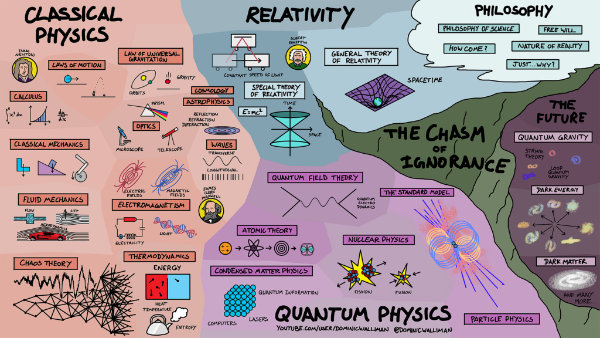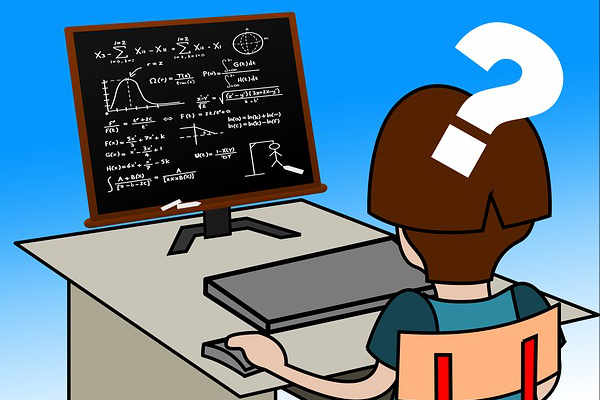Physics

To be honest, it’s really difficult to define exactly what physics is. For one, physics keeps changing as we progress and make new discoveries. New theories don't just bring new answers. They also create new questions that might not have even made sense when viewed from within the previous theory of physics. This makes physics exciting and interesting, but it also forces attempts at defining physics into generalizations about what physics has been rather than what it might be at some point in the future.
That said, definitions are useful. So, if it’s a definition you want, it’s a definition you’ll get. For the most part, physicists are trying to do the following:
• Precisely define the most fundamental measurable quantities in the universe (such as velocity, electric fields, kinetic energy). The effort to find the most fundamental description of the universe is a quest that has historically always been a big part of physics, as can be seen in the comic image below.
• Find relationships between those fundamental measured quantities (such as Newton’s Laws, conservation of energy, special relativity). These patterns and correlations are expressed using words, equations, graphs, charts, diagrams, models, and any other means that allow us to express a relationship in a way that we as humans can better understand and use.

OK, so boiling physics down to only two things is admittedly a bit of a gross simplification and glosses over some of the finer points of what physicists do and how they do it. But trying to describe a complex universe with simple and useful clarifying laws is what physics is all about. So maybe trying to describe the complex activity of what physicists do with a simple and clarifying definition isn’t such a bad idea after all.